
Home » Journal Articles » Travel » A Carver’s Trip to Pietrasanta: Part 1 Sept/Oct 2007
My inspiration to turn my artistic talents toward stone sculpture started in 1980 when I saw Michelangelo’s unfinished “Slaves” in the Accademia in Florence, Italy. Since then, I have always wanted to return to the country of my epiphany to carve marble in a traditional studio. Through reading in Sculpture NorthWest of past adventures of colleagues, I learned that Pietrasanta was the place to do so.

After an art tour we lead on a cruise ship ended in Rome, my wife, Michelle, and I extended our trip by train to make a weekend reconnaissance of Pietrasanta in May of 2005. Through some fortuitous events, we were introduced to the renowned Studio SEM, and its manager, Keara McMartin. I knew this was the studio I would return to carve in – some day.
In early 2006, I secured four handsome commissions to be executed in Italian white marble. With deposits in hand, I had the means to realize my carving dream!
Pietrasanta – literally Saint Stone – is an ancient medieval town in the Versilia region of Italy, laying 3 miles inland from the coast and situated between Pisa and Carrara. The old fortress still watches over the town, and the heavy protective wall still stands in places. Life revolves around the Piazza del Duomo, and rotating markets and sculpture exhibits are held here. You can keep an eye on who’s sipping a beverage at the many bars and cafés that line the plaza any time of day by logging onto the town’s web cam at www.pietrasanta.it.
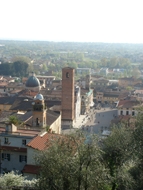
The Duomo still serves the Catholic faith, but the other churches around the square have been converted to art galleries and museums exhibiting sculpture, sculpture, sculpture! Ever since the magnificent white marble has been extracted from the Apuane quarries (beginning over a thousand years ago), sculptors have come to Pietrasanta to carve it into fine art works. The old world charm and the smiling warmth of the locals endure and Pietrasanta is still a lovely town. Great restaurants at all levels of budget, shops for clothes and food, and a good tool store – although is it worth it to take the time to go to the outskirts of town to shop for tools and equipment. Milani Tools is still a favorite with carvers, but there are many others. The town is host to many bottegas, or studios dedicated to carving stone.
Pietrasanta is very small, and walking within the old walls is a simple task. The train station (you must arrive by train from the airport in Pisa) is only a 3 minute walk from the main piazza. For this reason, we opted not to rent a vehicle. Train and bus travel is very easy and economical, however, you may consider renting a push bike or perhaps a moped, so as to be able to have the freedom from transit schedules.

We made plans to be in Pietrasanta for the month of April 2006. This was the last month before both studio and accommodation prices jumped for the summer season. May to September are the high season months, but a warning – April not only has Easter, but also Italy’s Independence Day. This, plus a national election, meant that I would lose five working days due to studio closures.
The studios are working places staffed with artisani whose job it is to copy and/or scale up maquettes into stone. These maquettes are sent by artists from around the world to Italy, and the finished products are shipped back. Studio SEM has garnered a solid reputation for this type of service, but it also has room for visiting artists to rent temporary studio space. It is well equipped with compressed air, electricity, worktables, scaffolding, turntables and craning assistance – just about everything you need, except your tools. If you are interested in renting space to carve in Pietrasanta, or if you need Italian marble for a project, do contact Keara at www.studiosem.net. She is a sculptor herself, and extremely knowledgeable about the many varieties of marble.
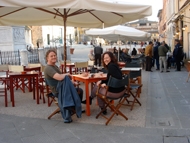
My weekdays were typically thus: I awoke at 6:00am, and went for a run to Val de Castello, a little town up the valley behind Pietrasanta. After returning, I made myself breakfast and quietly left for the studio. I would arrive at 8:00am and work on my projects until noon. I’d go back to the apartment and have lunch with Michelle and return to the studio at 1:00pm. I’d work until 5:00 and then enjoy the evening with Michelle. We’d usually wander down to the main piazza for a glass of wine in the early evening sun before moving onto supper and then to a music concert or gallery or museum. Being such a cultural hub, the Italian government ensures that many events are free admission, which really encourages public involvement.

In the next issue you’ll read more about what it was like for Michael and Michelle to live in an Italian town. You’ll also read about and see photos of Michael’s commission pieces and what the Italian artists thought of his tools.

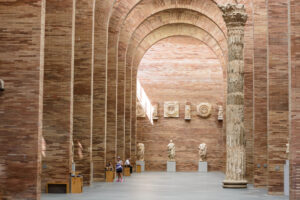
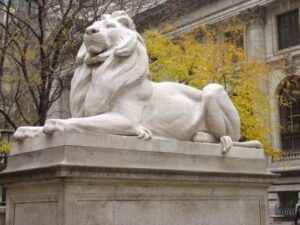
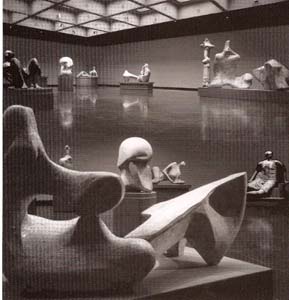
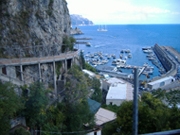
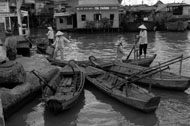
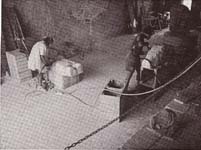
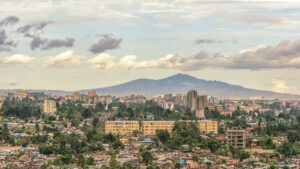

We need some kind of descriptive text here.